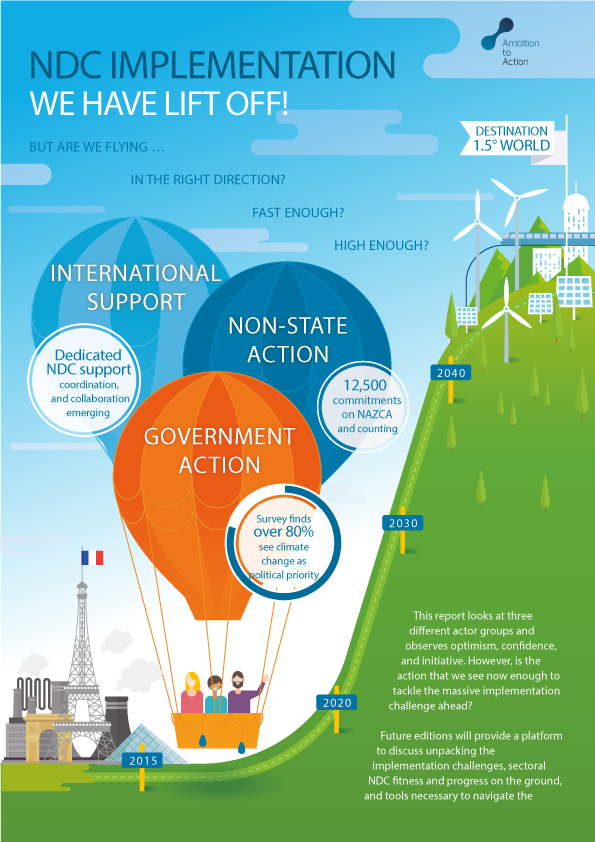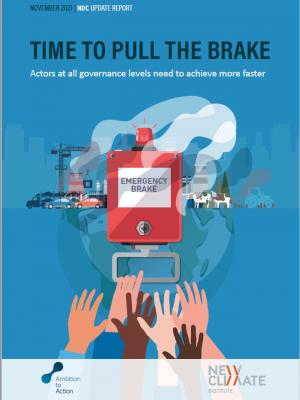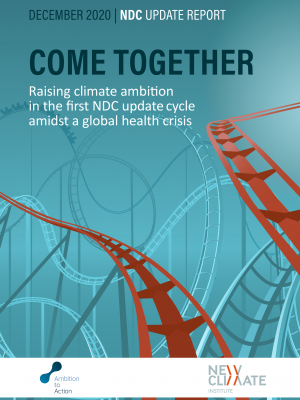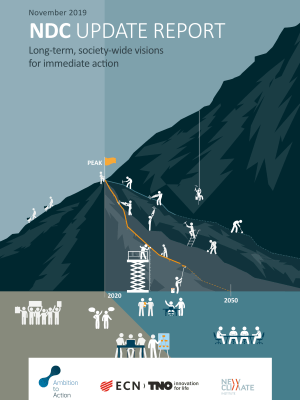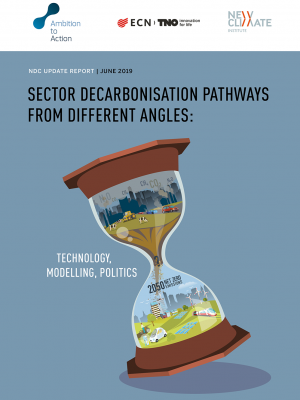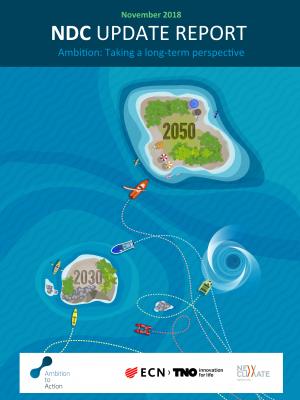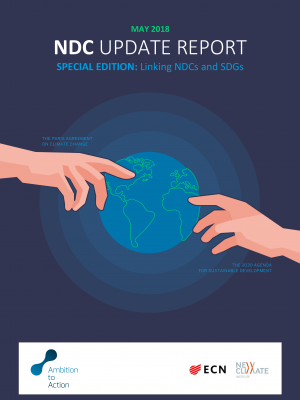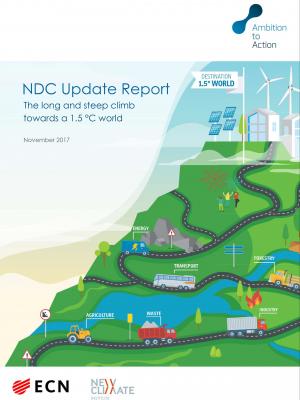This report is the prologue to a series of update reports on NDC-related topics. The reports will be published twice a year, before international climate change meetings, to present analysis, opinion, and discussion pieces. Drawing on the Ambition to Action (A2A) project and input from a wide range of experts and practitioners, the reports aim to be a platform for learning, sharing insights, and discussing topics relevant to technical assistance for implementation of the Paris Agreement.
The report critically looks at recent developments around NDC implementation across three actor groups (governments, international support/ donors, non-state actors) and presents the findings of a survey carried out among government representatives and practitioners working on NDC implementation.
Future editions of this NDC Update Report will dig deeper and aim to shed light on the status of NDC implementation and support by investigating two overarching questions:
1) Whether and how the Paris Agreement and the NDCs are leading to increased action on the ground?
2) Which tools and competencies, and support, are needed to help governments in developing countries and emerging economies translate NDC ambition into implementation at the sectoral and sub-national level?
Government action:
- Over 80% of interviewees see climate change as a political priority
- Over half of respondents to our survey indicated that since COP21 their governments have undertaken activities such as further analysis on which actions are needed to reach the NDC ambition
- However, countries continue to face persistent challenges, e.g. 70% felt that gaining private sector buy-in, assessing support needs and synchronise political and technical processes was either likely or highly likely to be a challenge for the successful implementation of NDCs;
International support:
- Dedicated NDC support, coordination and collaboration is emerging
- While theoretically sound, linking sustainable development and climate change on the ground remains difficult; as remains the financing of NDCs and SDGs
- Flexibility in support design and ongoing dialogues between donor and recipient countries seems an important ingredient for NDCs to take firmer shape in the months and years ahead
Non-state action:
- Increasingly numerous non-state action and commitments (over 12,500 commitments registered on NAZCA), led by some pioneers
- Non-state actors will be key for the implementation and ratcheting up of NDCs.
- However, non-state and government action are complementary but not interchangeable. Only continued and convincing government policies can turn non-state action into the broad movement that needs to carry the low-carbon transition(s).
